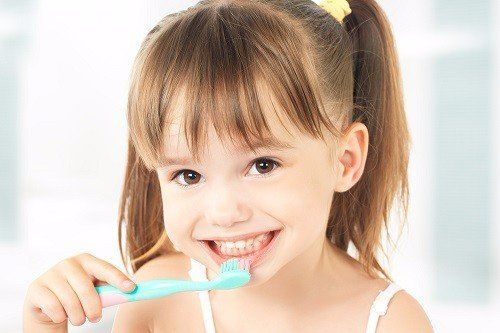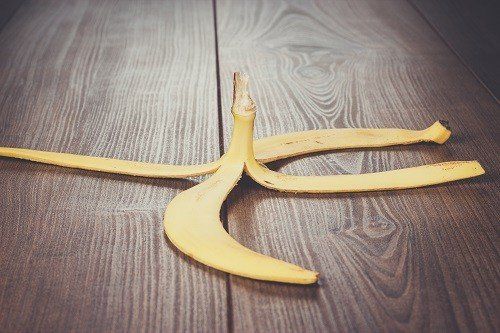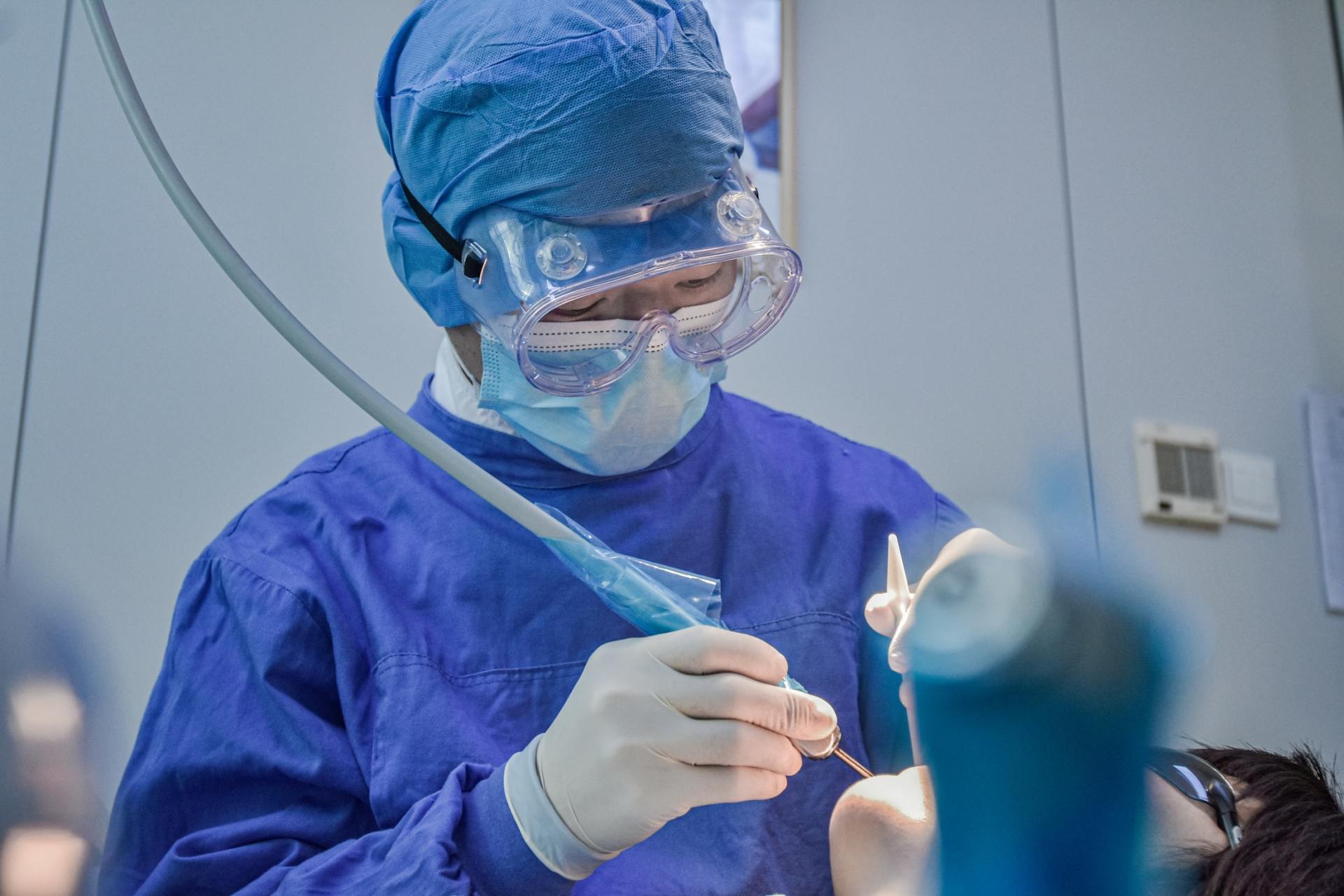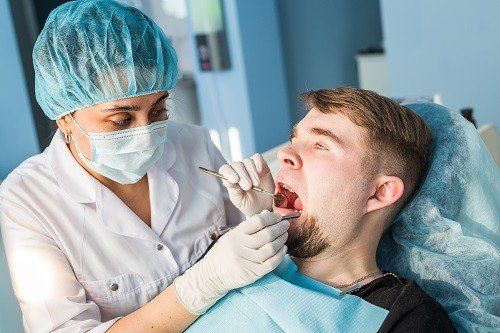How Lost Baby Teeth Show Growth
Nothing makes children feel like they are growing up faster
than when they start losing baby teeth, which start becoming “wiggly” around
five or six years of age. Some kids may not begin losing their initial set until
later, which is perfectly normal. Either way, this is a really exciting time
for children, so it would likely help parents to understand exactly what is
going on during this time. So, here are a few tips for helping parents get
started preparing for this special process.
Resorption
When baby teeth start falling out, this means the child’s permanent teeth have started dissolving, or resorbing, the baby teeth’s roots. It could be several months after a tooth starts loosening for it to fully detach from the gums. Once it’s out, the tooth looks smaller outside the mouth because of root resorption. Often, the first teeth out are the child’s two front lower teeth, which usually happens around the age of five or six though it may delay depending on when the child’s baby teeth first erupted. If children were late teethers, their permanent teeth may also erupt later.
When Teeth Come Loose
To prepare for children losing baby teeth, parents and their kids should regularly visit the dentist as early as age one. As well as looking for tooth decay or other dental concerns, the dentist can recommend a schedule for monitoring the child's baby teeth while at home. Once a tooth becomes loose, maintain usual brushing and flossing pattern, insist the child remove the loose tooth personally when it becomes very loose, and reassure the child that being "toothless" for a little while is normal.
If teeth aren’t extremely loose yet, kids inevitably wiggle them using their tongues, accelerating the process. However, resorption occurs at its own speed—parents or children should never tie string or floss around teeth to pull them out. Just as well, when baby teeth become extremely loose, the child may feel uncomfortable eating or brushing. In this case, parents should feel free to help their child the rest of the way.
Removing Loose Teeth
When a child's loose tooth becomes extremely looser, that tooth should come out. Whether a kid is squeamish or brave, parents should be nearby for guidance. Once the tooth comes out, there will likely be slight bleeding in the gums, which should stop after several minutes, and the area may also look irritated for 1-2 days.
Whether it’s the parent or the child who does it, the tooth should be removed with moistened gauze or by clean fingers. The bleeding can be reduced with pressure to the area from gauze or tissue after a couple minutes, and the area should be brushed gently for several days afterward. If the bleeding does not stop or part of the tooth is still in its socket, call the dentist immediately.
As always, parents should continue to preach good oral hygiene to their kids during this huge stepping stone. A child losing baby teeth shows that he or she is growing up and that permanent teeth are prepped to erupt. Parents should also be buying fluoride toothpaste for their children, given its cavity-preventing benefits. Toothbrushes that feature a child’s favorite characters and have matching toothpastes can be one way of making brushing even more fun, adding onto the joy already prevalent after losing baby teeth.
Don't let your children's dental care fall behind... sign up for our New Hampshire family discount dental plan and save up to 20 percent on future bills! For more information about our plans, please click here...
Photo Courtesy of Shutterstock











